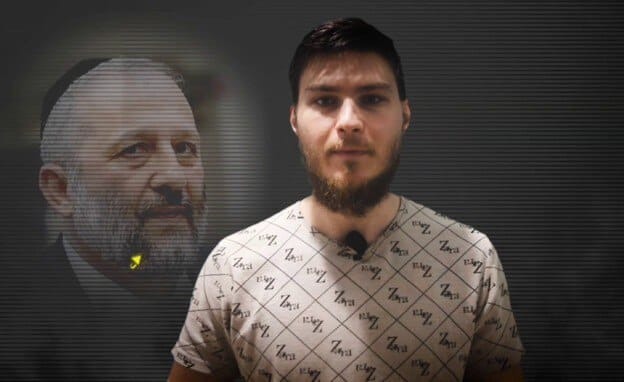 The Transportation Security Administration began testing on Tuesday new software that will transmit more modest images of travelers’ bodies on some of its controversial airport screening machines.
The Transportation Security Administration began testing on Tuesday new software that will transmit more modest images of travelers’ bodies on some of its controversial airport screening machines.
The new technology, introduced at Las Vegas McCarran International Airport for a 45- to 60-day trial, is designed to detect potential explosives and show them on a blurred “generic outline” of a person projected a monitor that can be seen by screeners and travelers. The outline will be identical for all passengers.
The TSA will introduce the software at Hartsfield-Jackson Atlanta International and Ronald Reagan Washington National in the next few days.
“Testing this new software will help us confirm test results that indicate it can provide the same high level of security as current advanced imaging technology units while further enhancing the privacy protections already in place,” TSA Administrator John Pistole said.
Tests on the software — which is only for scanners that use wave technology and not X-ray machines — come after an outcry and a failed boycott last year by travelers who complained the machines present a graphic, naked image of them on a screen viewed by TSA security personnel.
Nearly 500 scanners that can peer through clothing with wave or X-ray technology have been installed at 78 airports nationwide. Travelers who refuse to pass through them must undergo pat-down searches.
The wave machines project radio frequency energy in millimeter waves over the body to produce the image. The TSA said it hopes to test similar technology for the machines that use X-ray technology in the near future.
The TSA, which has been testing the software internally since fall, said it hopes to placate the public and improve worker efficiency.
Currently, a TSA screener has to sit in a booth to watch the private body images. The screener then radios the operator of the machine in the screening line with the scan’s findings. If the software works properly, the TSA will be able to remove personnel from the private booths.
Travelers identified by the software as carrying potential threats will require additional screening. If no threat items are detected, an “OK” will appear on the monitor.
Allowing travelers to see the monitor will give the public “greater confidence” in the system and serve as a deterrent, Pistole said.
Pistole told Congress last year TSA has had problems with false-positive alarms in software testing. But he told reporters Tuesday that they’ve been eliminated at “a sufficient level.” “We’ve applied rigorous standards,” he said, without elaborating.
Marc Rotenberg, executive director of the Electronic Privacy Information Center, said the software is “a filtering technique” that does little to eliminate privacy concerns. “The bigger news may be the decision to drop the plan for remote viewing. And keep in mind that filters can be enabled and disabled by the operator. Perhaps TSA will place ‘no peeking’ signs over the display screen.”
(Source: USA Today)











One Response
“The outline will be identical for all passengers” I must be missing something. Everyone looks different. How then can the outline be identical for all passengers?